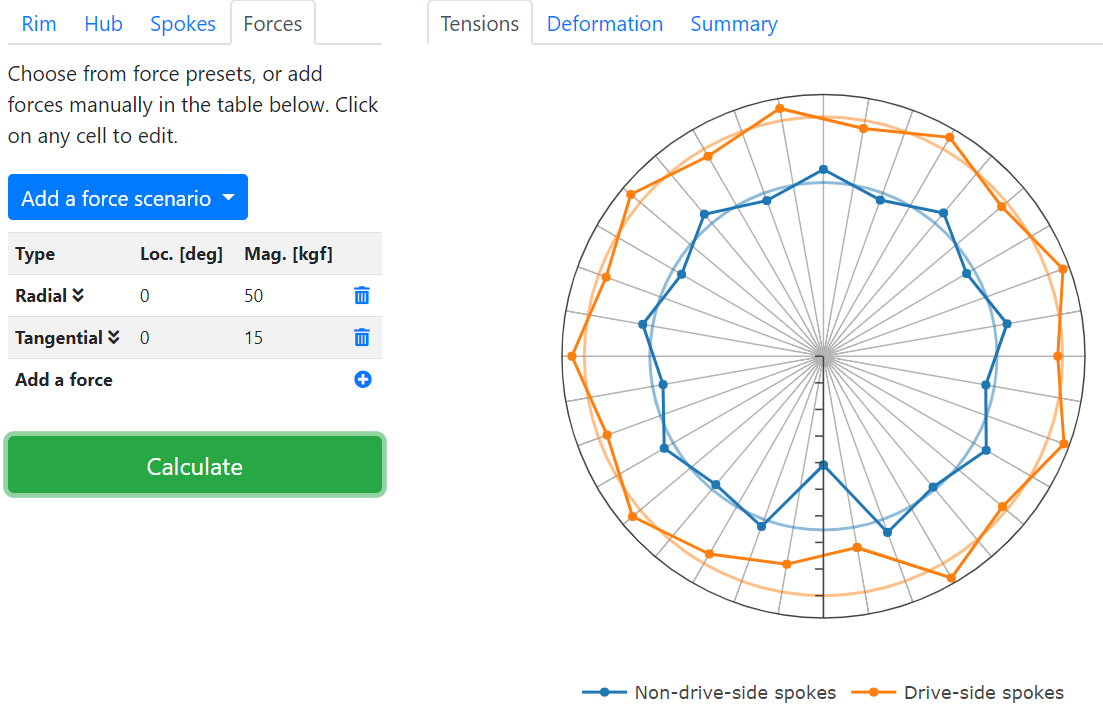I have a Hadley 20mm front hub that I used with a Fox 36 for 8 years and I'm now building up my hardtail with a 15x110 boost fork. So by converting from 20x110 to boost, which is 15x110, this shouldn't shift the hub shell in either direction, (which would lead to dishing and unequal spoke lenghts). Correct?
Last edited:





